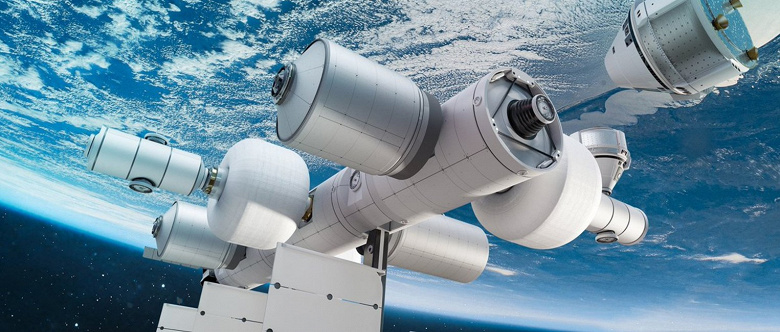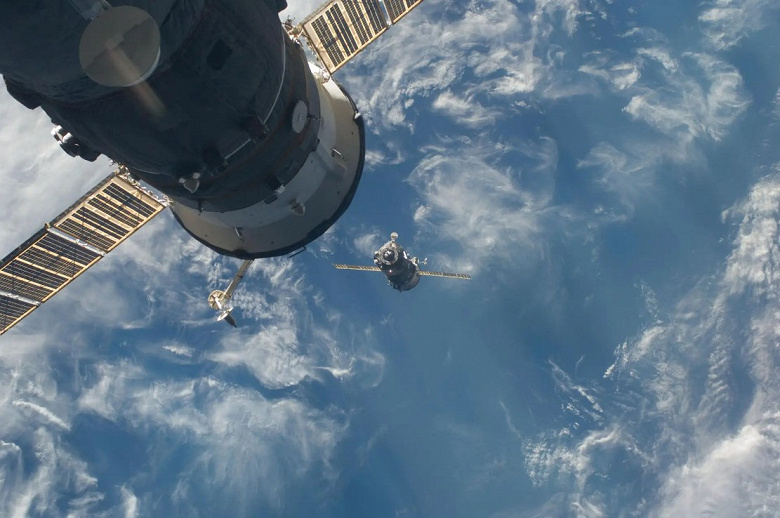NASA will redirect funds to the lunar program and Mars missions
The ISS has a limited lifespan, so NASA is investing heavily in developing a potential replacement. One of the most promising candidates for the role of a replacement for the ISS is the Orbital Reef project, a joint venture between the space companies Blue Origin and Sierra Space.
March 20 NASA announced that Orbital Reef has successfully completed four key development milestones for its most important technologies, including a urine recycling system for future astronauts and space tourists. «These milestones are critical to life support on a commercial space station»,— said Angela Hart, NASA Low Earth Orbit Commercial Development Program Manager.
One of the important stages of development was the testing of the Orbital Reef regenerative system, which will provide astronauts with the clean air and water necessary for breathing and drinking on the space station. During testing of the system, its ability to purify the air of impurities, collect urine for subsequent processing and store water reserves was tested.
On the ISS there is a similar system that processes water and oxygen generated as a result of the life of astronauts. Yes, this system actually turns urine into drinking water.
Before you cringe at the thought of astronauts drinking leftover drained water and recycled urine, keep in mind that the water we get is purer than most of the water you drink daily at home , — noted astronaut Chris Hadfield in a 2013 video.
In fact, astronauts on the ISS have been drinking each other's crystal clear, recycled urine for about 15 years. This helps reduce the amount of water that would have to be launched into space to keep astronauts alive, which in turn saves on costs.
For the development of commercial space stations in low Earth orbit — potential replacement after the ISS decommissioning, NASA has allocated $172,000,000 to Blue Origin and Sierra Space.
The new stations will be able to be used by NASA to send its astronauts, renting habitable modules and laboratory space. Since the stations will be owned by commercial companies, they will also be open to space tourism.
«Imagine spacious modules with large windows through which you can see the Earth — our blue beginning, and at the same time feel weightlessness in complete comfort», — says on the Blue Origin website.
NASA is turning over the next generation of space stations to commercial companies as the agency has more important priorities that require funding. Currently, maintaining the ISS program costs NASA approximately $3 billion per year.

«The agency plans to continue collaborating with commercial companies to establish one or more stations in orbit to provide competition, reduce costs, and meet the needs of NASA and other customers», — Hart shared in a January statement.
Abandonment of the ISS will free up NASA's budget for greater efforts to establish a permanent human presence on the Moon, including a space station in lunar orbit and a base on the lunar surface as part of the Artemis program.
«We project that total costs for the Artemis program will reach $93 billion from 2012 to 2025», — George Scott, NASA's acting inspector general, said at a government hearing in January. He also added that this amount does not include the cost of launches, which will be about $4.2 billion for the first four Artemis missions.
In the long term, NASA also hopes to use its budget to send astronauts to Mars.
The ISS is already getting old. Cracks have appeared on the Russian module, and there is an air leak in another section of the station. Recent years have also seen toilet breakdowns, temperature fluctuations and problems with the oxygen supply system.
The Biden administration has committed to keeping the ISS operational until at least 2030. By then, NASA plans to move to at least one private space station. If everything goes according to plan, the decommissioned ISS will burn up in the Earth's atmosphere, and the remaining fragments will fall into the ocean.

